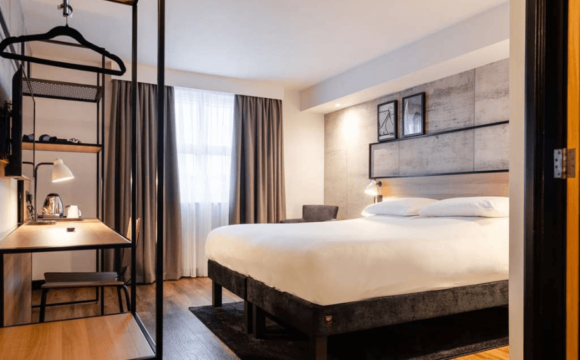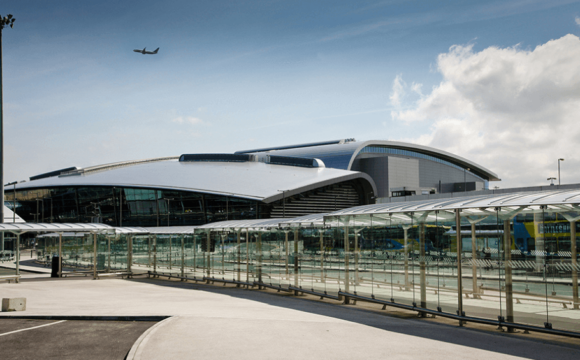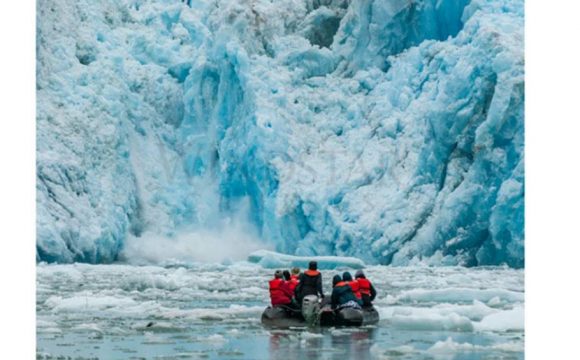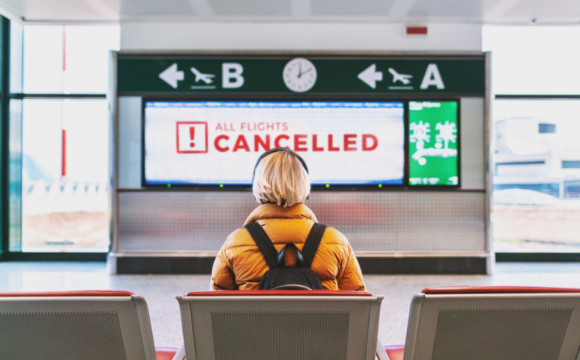It has been widely publicised that the Sun has entered the period of low activity called Solar Minimum. This means that there have been very few sunspots appearing on our star’s surface, leading some to think this is heralding a period of poor Auroral activity. Yet this is not the case.
Counter-intuitively, Solar Minimum is in fact an excellent time to hunt for Mother Nature’s celestial lightshow, the Northern Lights. There are two sources of the solar wind that react with the gases in our atmosphere to light up the Earth’s firmament. The first source is called a Coronal Mass Ejection (CME) but CMEs are rare during Solar Minimum.
The second, and far more important source, is a Coronal Hole. Coronal Holes are regions of the Sun that are less dense and cooler than the plasma that surrounds them. Importantly, according to the Space Weather Prediction Center in Boulder, Colorado, they are regions of “open, unipolar magnetic fields” which allow High-Speed Streams of solar wind to escape into space.
What does this mean for seeing the Northern Lights? Crucially, from an Aurora hunting perspective, Coronal Holes are more prevalent and stable during Solar Minimum. This stability means that, unlike Coronal Mass Ejections which are one-off occurrences, a Coronal Hole might circle the Sun and become Earth facing several times.
“Unlike one-off Coronal Mass Ejections, it is the stability of Coronal Holes that gets us all hot and bothered here at The Aurora Zone”, says Alistair McLean, Managing Director of the UK’s original Northern Lights holiday company, The Aurora Zone.
“They can reappear in an Earth facing position with every Solar rotation. I’ve tracked Coronal Holes which have thrown solar wind our way on as many as six, seven or eight Solar rotations.”
Coronal Holes don’t throw out solar wind with the same ferocity as Coronal Mass Ejections, but they do have the same effect of creating Auroras. The only real difference is that the lights appear in a much narrower geographical band. This band sits roughly between 66°N and 69°N and encompasses the area called the Aurora Zone: northern areas of Finland, Norway, Sweden, and Iceland.
McLean concludes: “If you are thinking that Solar Minimum is a bad time to hunt for the Northern Lights, then we would urge you to reconsider. As any of our guides up north in the Auroral Zone will tell you, the Northern Lights are here to stay and, thanks to Coronal Holes, they should be as frequent than ever during Solar Minimum.”
















